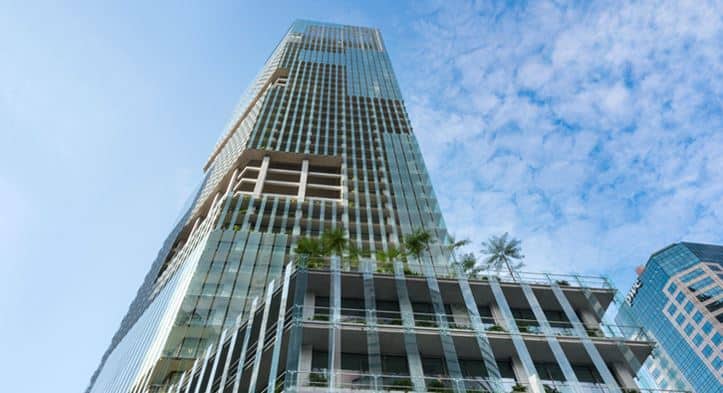RSP Architects Planners & Engineers

RSP: Worldwide architectural and engineering design firm
We’ve spent the last 65 years focusing on designs that are not only creative and original in concept, but also enrich and transform people’s lives. Our worldwide staff of 1,200 specialists and professionals spread over 13 studios in six countries enable us to combine our forward-thinking approach to purpose and design with our strong technological skills.
With over 2,500 worldwide projects under our belt, we specialize in master planning, mixed use, retail, office, education, residential, civic, hotel, industrial, transportation, and healthcare.
Vision
Our ideas have a tremendous influence on the communities around us as worldwide leaders in the built environment.
As a result, everything we do is focused on creating environments that improve and alter people’s lives.
We reinvent places in order to produce strong, engaging designs. We design innovative solutions that anticipate shifting demands by reimagining the future. We rethink relationships so that all stakeholders may work together.
Learning design for the digital age
According to three design professionals from RSP Singapore, the design of future classrooms would be anchored by sociability and digital-physical connectedness.
Discussion, engagement, and cooperation will be at the forefront of the next era’s classrooms.
Large hangout places for social activities should be included in schools.
Students may get a better sense of the place by using augmented reality.
COVID-19 has altered the educational landscape. With the introduction of 5G, the emphasis of today’s schools will be on conversation, engagement, and cooperation. However, with so many young brains growing up in the digital age, we need to create learning environments that help students link the digital and real worlds while also honing their social skills.
Pause at a cafe
When the virus spreads, we’ll likely see a complete return to the schools, with personalized digital learning in place. As a result, we must guarantee that social spaces, particularly outdoor areas, are available in all learning environments. Learning should not be limited to classrooms, computers, and technology: in order to develop children holistically, we must also develop their social skills.
For children to socialize, play, and learn from one another, schools should provide large hangout places for group conversations, as well as favorable gathering pods, pavilions inside gardens, cubicle pods for virtual conferencing, and more. To enhance users’ wellbeing, sports facilities, exercise areas, and even jogging paths connecting to park connectors may be studied.
RSP, for example, creates social areas surrounded by vegetation, complete with vending machines, water coolers, and power outlets, to make students feel at ease, almost as if they were visiting a café with friends. This allows students to make memories outside of the classroom by encouraging free-flowing dialogue and relationship-building.
Landscape design is also important: students will need natural landscaping to ease mental and ocular fatigue as a result of their continual use of technology. Furthermore, users will need to connect to the internet and assist activities, therefore robust wireless connection is essential.
Advantage of augmented reality
BIM software allows us to explore spaces before they are built. However, architects should not be the only ones involved in the design of buildings and spaces: other expertise, such as software and graphic designers, should collaborate to provide users with an immersive experience of the place.
Students may have an improved experience of the actual area with the use of augmented reality (AR) by scanning information with their phones, tablets, or AR goggles. These AR tools should be created with the learning purpose in mind — if the online space is a flight simulator for an air-traffic controller student to land an airplane, for example, it should be as realistic as feasible. These learning environments might be utilized for courses that need several steps and technical abilities, as well as courses that pose a danger of injury.
Even in the digital world, where gravity and other physical laws do not apply, we should design worlds that exist in the same way that the actual world does. This implies not just no skyscrapers with no columns, but also that online areas accurately mirror the physical environment, including communal spaces like playgrounds, schools, and parks. This lets kids “learn” the links between the two worlds by rewiring their minds.











